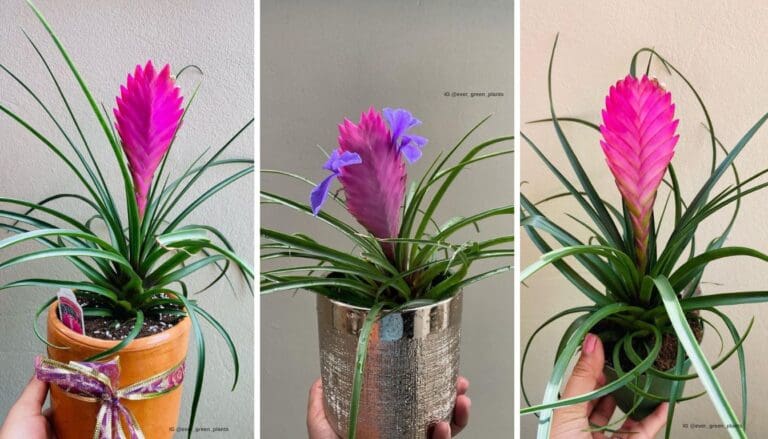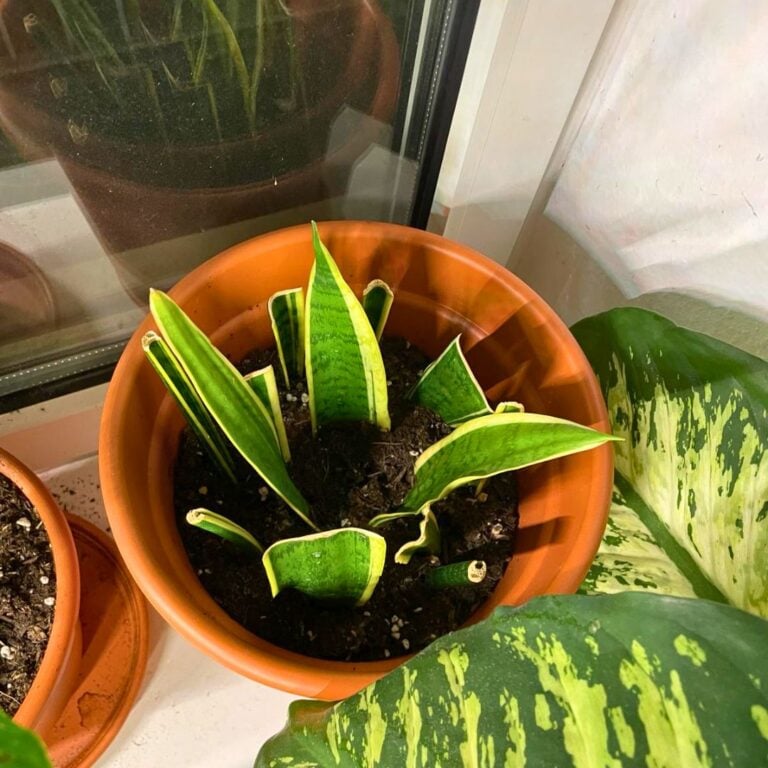10 Houseplants You Can Propagate All Winter Long
I really enjoy keeping plants around my place, and honestly, winter never stops me from growing more. Sure, cold weather slows things down outside, but inside? That’s a different story. I get to watch new plants take root and thrive.
You can keep adding fresh greenery to your space even when it’s freezing outside. It’s actually kind of fun to see something growing while it’s snowing out.
I’ve noticed some houseplants are just ridiculously easy to multiply during the winter. With the right plants, a couple of tools, and a bit of patience, it’s not hard to turn one plant into many.
Please note: Simplify Plants is reader-supported. As an Amazon Associate, I earn from qualifying purchases made by our readers with no extra cost added to you all! Some links in the post are affiliate links and I get a commission from purchases made through links in the post.
1) Pothos (Epipremnum aureum)

I love growing Pothos because, let’s be honest, it’s probably the easiest plant to propagate. Even in the dead of winter, I can snip a stem and watch roots start to pop out.
I usually cut a stem just below a node—that’s the little bump where new leaves or roots can grow. It’s important to make sure the cutting has at least a leaf or two.
After making the cut, I’ll drop the stem into a jar of water and put it near a window with bright, indirect light. Within a couple of weeks, roots usually show up.
If I’m feeling impatient, I’ll plant the cutting straight into moist soil instead of water. I try to keep the soil damp but not soggy and never let it dry out completely.
Pothos doesn’t ask for much during this process. I just swap out the water every few days or poke the soil to check for moisture.
It’s honestly fun to see the roots develop, and I get more plants for free. Pothos makes winter propagation simple and rewarding.
2) Spider Plant (Chlorophytum comosum)

Spider Plants are awesome for sharing. They send out these little offshoots called “spiderettes” that dangle from the main plant, and these babies make propagation simple, even when it’s chilly outside.
When I spot a healthy spiderette with tiny roots, I snip it off. Then it goes into a glass of water or a pot with fresh soil. Within a few weeks, it’s off and growing.
I keep new plants in a spot with indirect light—direct sun is a no-go because it can scorch the leaves. Watering lightly but regularly helps them settle in.
Spider Plants don’t need much fussing. They handle indoor conditions like champs and stay green all winter.
3) Snake Plant (Sansevieria trifasciata)
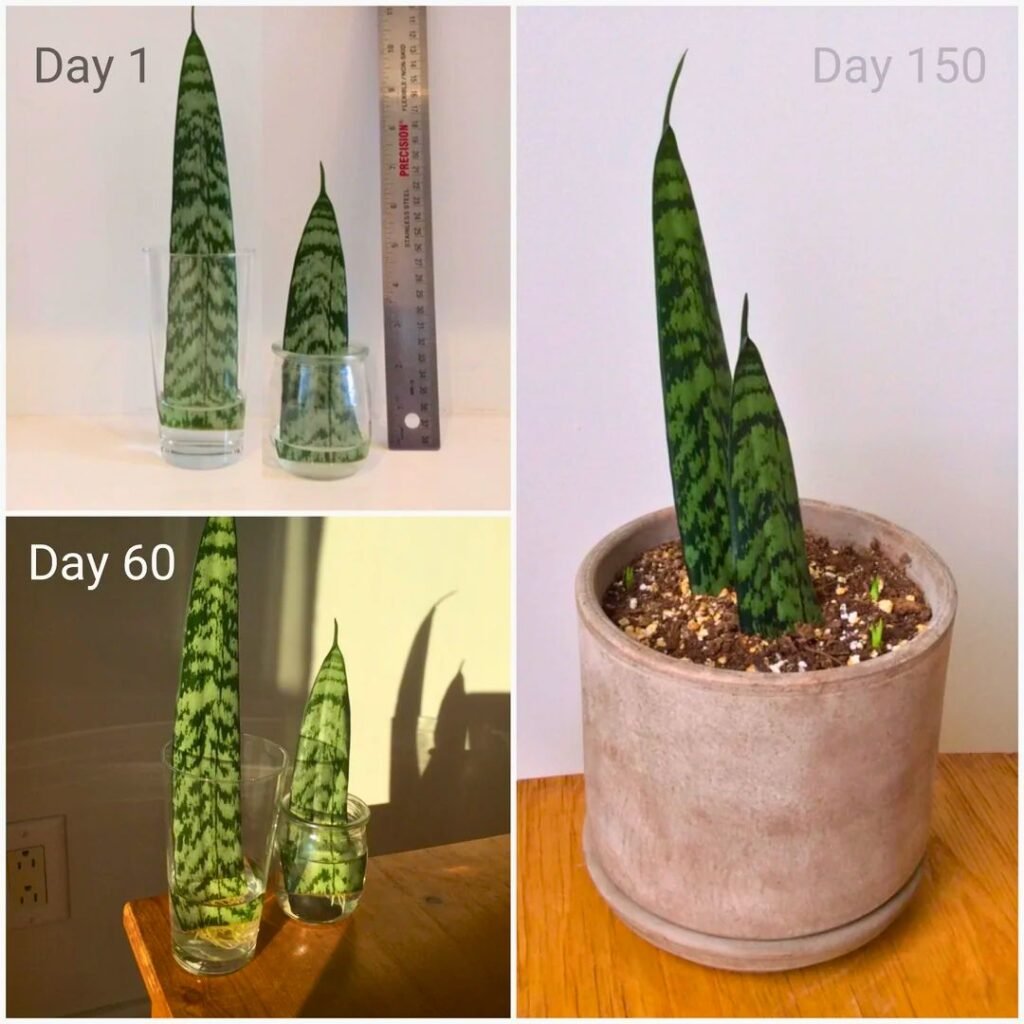
Snake plants are almost impossible to mess up. They stay healthy in low light and barely need water, which is perfect for winter care.
I usually go for leaf cuttings. I’ll cut a healthy leaf into sections, let them dry for a day, and then stick them in soil. Eventually, new roots and shoots show up.
If the plant gets crowded, I’ll just divide the root clumps and put them in new pots. Instant new plants—no rooting required.
I keep the cuttings somewhere warm with indirect light. Light watering is best; too much and the cuttings will rot, which is a bummer.
Snake plant propagation in winter is pretty much a set-it-and-forget-it deal. Extra plants for my shelves or to give away—what’s not to like?
4) Philodendron Brasil
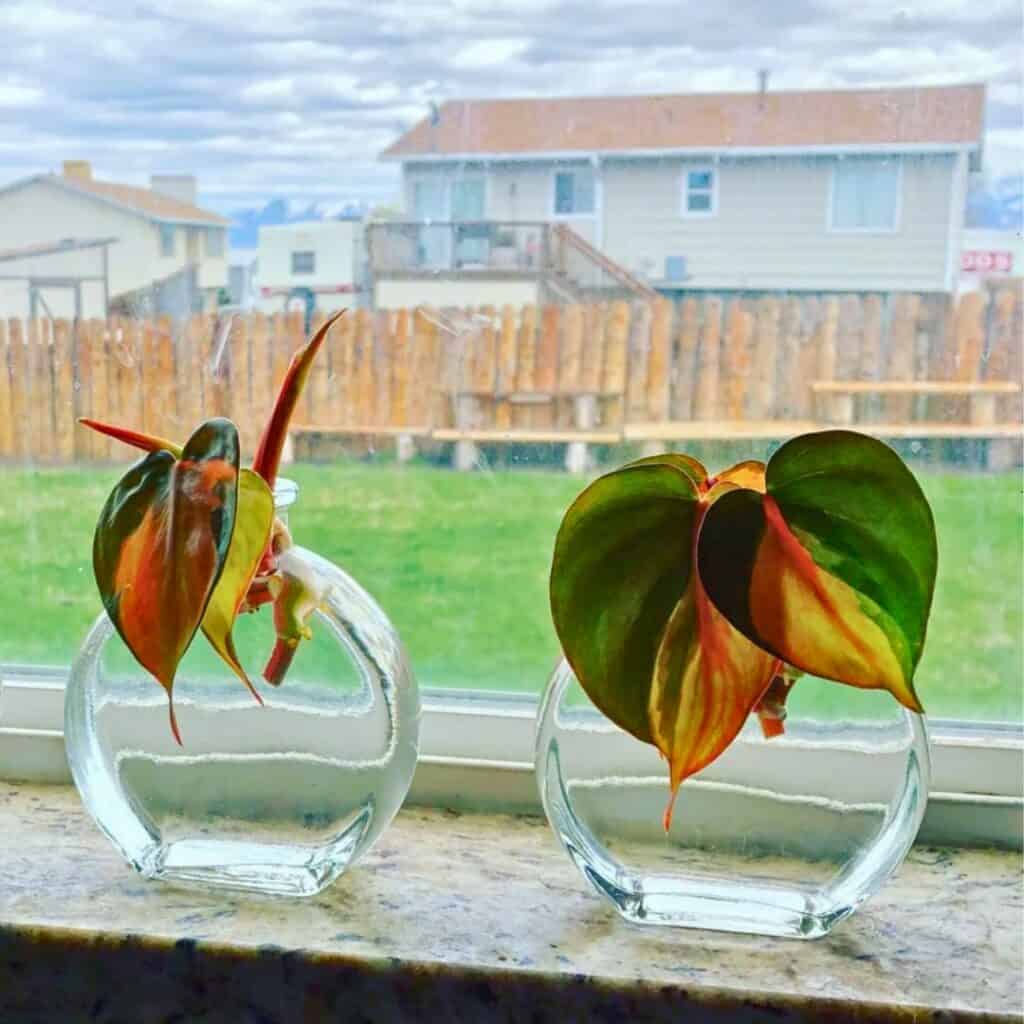
Philodendron Brasil is one of my favorites for winter because it’s so colorful and easy to care for. Those green and yellow leaves really pop, even when everything else looks drab.
To propagate, I cut a healthy stem with at least one node. A few leaves on the cutting help it keep growing strong.
I usually put the cutting in water first so I can watch the roots develop. It doesn’t take long—just a couple of weeks.
Sometimes I skip the water and plant the cutting straight into moist soil. As long as it gets bright, indirect light and the soil stays a little damp, it does fine.
Warmth and humidity make a big difference, so I keep these cuttings away from cold drafts and check in on them often.
Once it takes root, this plant just keeps going. I like that I can make more to share or just fill up empty corners at home.
5) ZZ Plant (Zamioculcas zamiifolia)
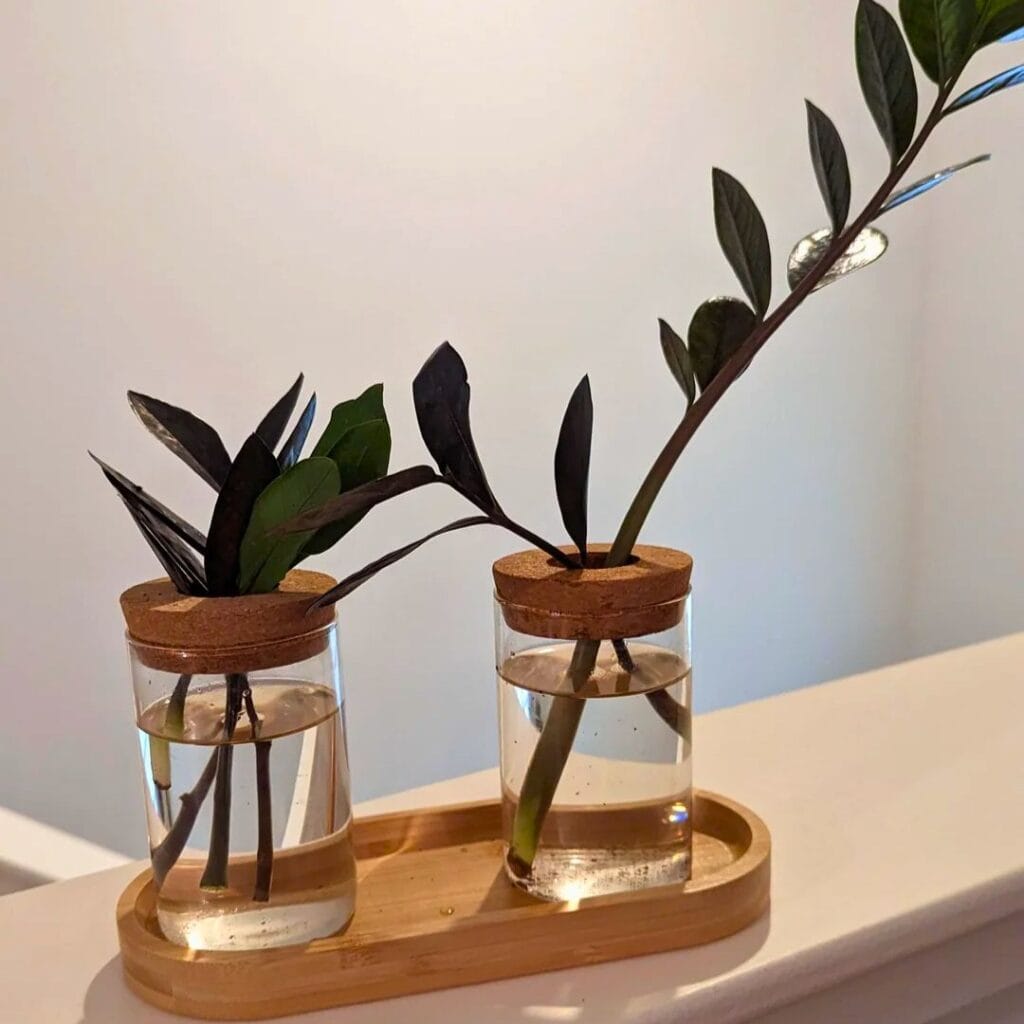
ZZ plants are just so easy—especially in winter. They barely need water or light, so I don’t have to stress about them.
To propagate, I’ll either take a leaf cutting or divide the rhizomes when I’m repotting. Leaf cuttings are slow, but they do work.
When I use leaf cuttings, I stick them in soil and keep things just barely moist. I’ve learned to be patient since it can take weeks (or forever, honestly) to see new growth.
Dividing the rhizomes is faster. I gently separate those thick, potato-like roots and give each section its own pot.
I keep my cuttings or divisions somewhere warm with indirect light. Direct sun isn’t their friend—too harsh for those glossy leaves.
The ZZ plant grows slow, so I don’t expect quick results, but I actually like checking in on them and spotting new growth.
The best part? They need almost no care while they root. Even in winter, the ZZ plant keeps those shiny green leaves looking good.
6) African Violet (Saintpaulia)

African Violets are great because they stay small and bloom indoors even when it’s freezing outside. Their fuzzy leaves and little pops of color make my windowsill look cheerful.
I usually propagate them from leaf cuttings. I’ll cut a healthy leaf with a short stem and stick it in moist soil or water. In a few weeks, tiny plantlets start showing up at the base.
I keep the soil just barely moist and avoid getting the leaves wet—too much water means rot. Watering from the bottom works best for me.
Bright, indirect light helps the cuttings grow quicker. I put mine near a window with filtered light and make sure the room stays warm.
Once the new plants have a few leaves, I separate them gently and pot them up on their own. One leaf can turn into several new violets, which is pretty cool.
7) Christmas Cactus (Schlumbergera)
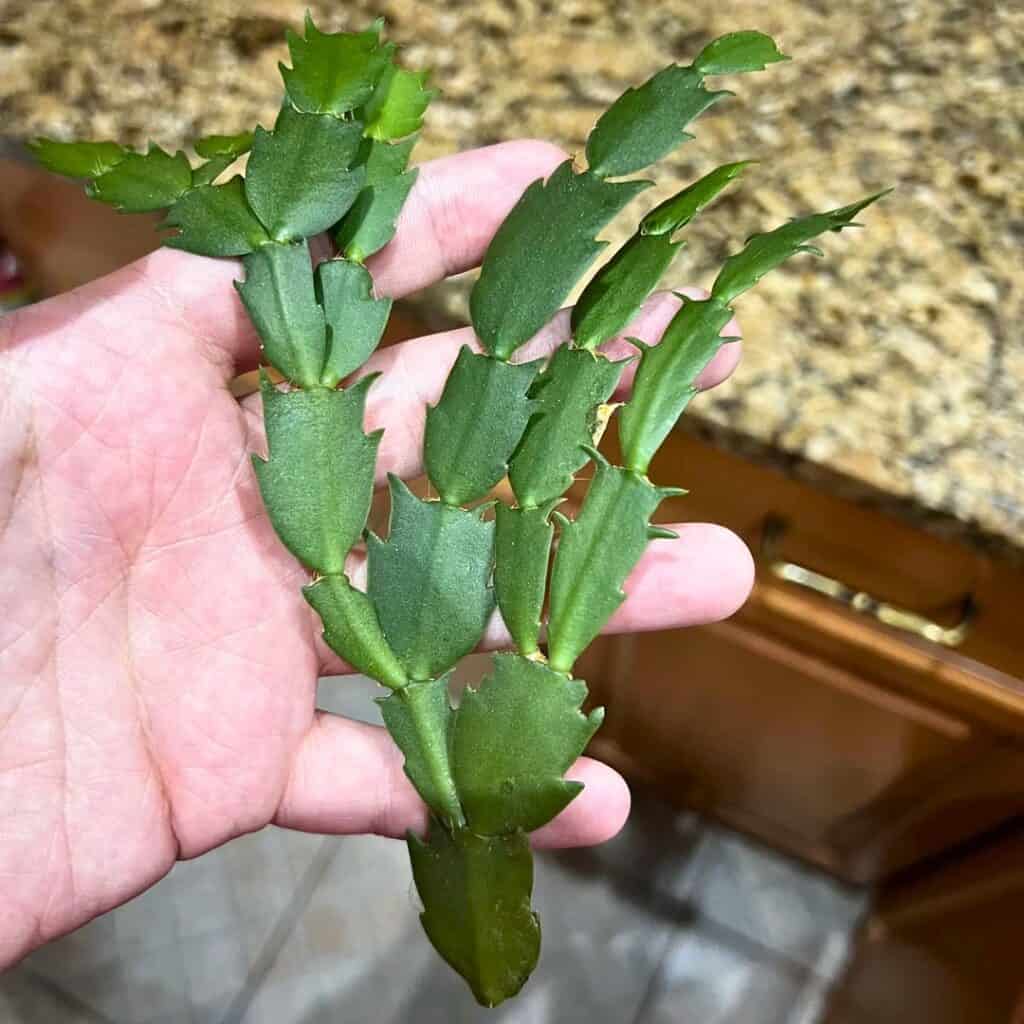
The Christmas Cactus is surprisingly easy to propagate in winter. It grows from stem cuttings, and honestly, it doesn’t take much effort.
I take a short cutting with 2-3 segments and let it dry for a day before planting. This helps prevent rot and gives the cutting a better shot at rooting.
Once it’s ready, I stick it in a small pot with well-draining soil. I keep the soil lightly moist, but not soggy. Too much water is a no-go, so I always check the soil first.
I put the pot in bright, indirect light—direct sun is too harsh, especially for new cuttings. A windowsill with filtered light is perfect.
In a few weeks, I usually spot small roots forming. That’s when I know it’s working. Watching a new plant grow from a clipping is weirdly satisfying.
I like to start several cuttings at once since they root fast and make great gifts for friends and family. It’s an easy way to share a plant that’s both pretty and low-maintenance.
8) Begonia Rex

Begonia Rex is a favorite because of its dramatic leaves and easy care. The wild colors and patterns really stand out, especially when other plants are kind of dormant.
I usually take a leaf cutting—just snip a healthy leaf with its stem and pop it into moist soil or water. New roots will show up in a few weeks if things stay warm and a bit humid.
Sometimes I cut the leaf into smaller pieces and press those into soil. As long as each piece has a main vein, it can become a new plant. It’s a slower method, but works indoors all winter.
I keep the cuttings in bright, indirect light and make sure the soil stays damp, not soggy. Direct sun is a no-go; it’ll burn those delicate leaves.
Consistent moisture and warmth are key. I check the soil often and mist lightly if the air feels dry. That keeps the cuttings from drying out.
Begonia Rex doesn’t take up much space, so I can keep a bunch of cuttings in small pots. Watching them grow adds some much-needed color and life to my place during winter.
9) Coleus
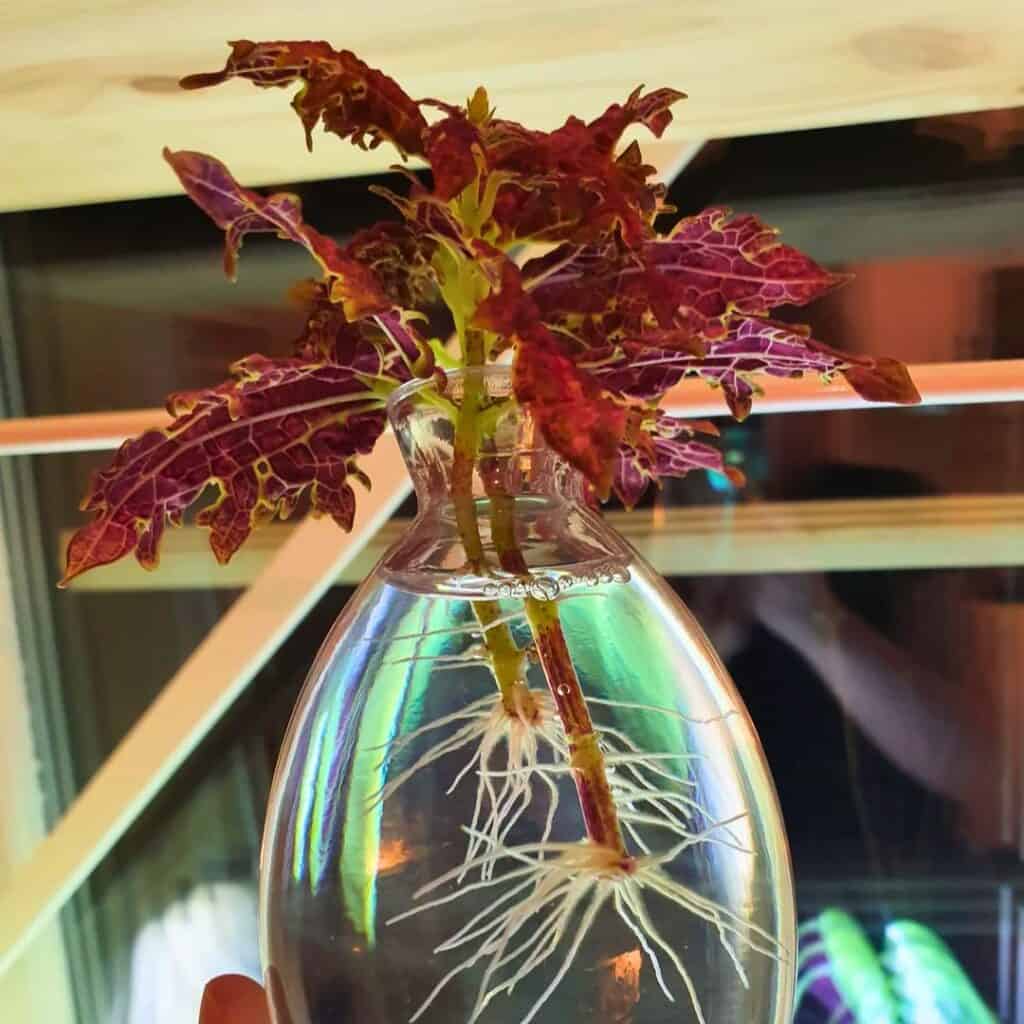
I’m a big fan of coleus for its bold, colorful leaves. Even in winter, I keep things going by taking cuttings and rooting them inside. It’s honestly one of the easiest plants to propagate.
I cut a stem just below a leaf node and drop the cutting in a glass of water. Usually, I’ll see new roots in a week or two.
Once the roots look strong, I pot the cutting up in some fresh soil. I keep it near a bright window and make sure the soil stays a little moist.
Coleus doesn’t need much room. Even on a tiny windowsill, the cuttings thrive. Bright, indirect light keeps those colors looking sharp.
If I want a bushier plant, I pinch back the tips as they grow. That encourages more branches and, bonus, gives me more cuttings for next time.
Propagating coleus in winter keeps my home lively and green. It’s quick, low-effort, and always feels like a win.
10) String of Pearls (Senecio rowleyanus)

There’s just something about the String of Pearls—those tiny, round leaves trailing down like little green beads. I’ve found it’s honestly one of the easiest plants to propagate during winter.
Usually, I’ll snip a healthy cutting about 3 or 4 inches long. I make sure it’s got a few leaves and nodes, since that’s where new roots pop out.
I let the cutting dry for a day—just enough time for the end to callus over. It’s a simple step, but it really helps prevent rot once it’s in the soil.
After that, I lay the cutting on top of some well-draining soil and gently press those nodes into the surface. No need to bury it deep; just a light touch so the nodes meet the soil.
The soil stays just barely moist—never soggy. Too much water is a shortcut to rot, so I water with a pretty light hand.
I keep the pot in a bright spot with indirect light. Direct sun’s a bit too much, but good light speeds up root growth.
After a few weeks, I’ll see the pearls start to plump up. That’s usually my sign that roots are forming.
I’ve tried rooting cuttings in water too, and it does work, but honestly, I prefer soil. The transition’s just smoother when the plant’s ready to move on.
This plant doesn’t take up much room, and starting a bunch of cuttings at once is kind of fun. It’s a simple way to fill out a pot or share with friends.
Essential Tools and Materials for Winter Propagation
I keep my setup pretty basic, but it works. The right container and soil mix really make a difference, especially indoors when it’s cold out.
Choosing the Right Containers
Depending on what I’m propagating, I’ll use small pots, jars, or trays. Clear glass jars are great for water propagation—watching roots grow is half the fun. For soil, I stick with plastic or ceramic pots that have drainage holes.
Drainage is non-negotiable. No drainage, and you’re just asking for root rot. I avoid big pots; too much soil just holds water and slows things down.
I stick to containers just a bit bigger than the cutting itself. Here’s a quick guide I usually follow:
| Container Type | Best Use | Notes |
|---|---|---|
| Glass jar | Water rooting | Easy to monitor roots |
| Plastic pot | Soil cuttings | Lightweight and affordable |
| Ceramic pot | Soil cuttings | Stable but heavier |
| Seed tray | Multiple cuttings | Saves space indoors |
Labels and a marker are handy too. I lose track of dates if I don’t jot them down, especially when I have a bunch of cuttings going at once.
Best Soil Mixes for Indoor Cuttings
Regular garden soil? Nope, not indoors. It stays too wet and sometimes brings bugs with it.
Instead, I mix up a light, airy blend—it drains well but still keeps enough moisture for roots to get going. My mix usually has:
- Perlite for drainage
- Coconut coir or peat moss for a bit of moisture
- Vermiculite for balance
If I’m working with succulents or cactus, I’ll toss in a little sand. For leafy plants, I skip the sand for a softer mix.
I like to sterilize my soil by baking it at a low temp in the oven. It sounds a bit much, but honestly, it keeps fungus and gnats away—totally worth it.
Sometimes I just grab pre-mixed seed starting soil. It’s fine-textured, usually sterile, and just plain easy if you’re new to all this.
Tips for Successful Winter Propagation
It all comes down to the indoor environment. I try to avoid little mistakes that can slow things down. Tweaking light, humidity, and just paying attention really pays off in winter.
Managing Indoor Humidity and Light
Dry air from heaters can really stress cuttings. I’ll use a small humidifier or just set trays of water nearby. Even clustering plants together helps bump up the humidity.
Light’s another big one. Winter days are short, so I move cuttings close to a south-facing window. If that’s not enough, I’ll use a basic grow light for 10–12 hours a day.
I avoid putting cuttings near heat vents or drafty windows. Sudden temperature swings just slow everything down. A steady, bright spot with indirect light is usually my best bet.
Here’s a quick guide I keep in mind:
| Condition | What I Do |
|---|---|
| Dry air | Run humidifier or group plants |
| Low light | Use grow light or south window |
| Drafts | Move plants away from vents |
Common Mistakes to Avoid
Overwatering is the classic mistake. Cuttings need a bit of moisture, but soggy soil is a no-go. I always let the top layer dry out before watering again.
Sharp, clean scissors are a must. Dull blades just mash the stems, and that slows healing or brings in disease.
I skip heavy garden soil for cuttings. A light mix like perlite, vermiculite, or seed starter blend is way better for healthy roots.
And patience—honestly, it’s huge. Some plants take weeks to root. If you poke around or move them too soon, you’ll just set them back. Waiting pays off.
Frequently Asked Questions
I stick with plants that root easily in water or soil, even when winter days are short. Light, warmth, and moisture are the big three for winter propagation—get those right, and you’re golden.
What are the easiest houseplants to propagate during the winter months?
Pothos, Spider Plant, and Philodendron Brasil are my go-tos. They root fast and don’t need much fuss.
Can you share some tips for successful winter propagation of indoor plants?
I always put cuttings near a bright window but away from cold drafts. Smaller containers help avoid soggy soil, and I check moisture more often than I’d like to admit.
Which indoor plants can I propagate in water over the winter?
Pothos, Philodendron Brasil, and Spider Plant are all super reliable in water. Watching roots grow is half the fun, and it’s easy to tell when they’re ready for soil.
How do I care for newly propagated plant cuttings in colder weather?
I keep them in a warm spot and make sure the soil or water stays just slightly moist. I avoid overwatering since growth slows down when it’s cooler.
Are there any special considerations for propagating succulents in winter?
I let succulent cuttings callus over before planting. Water very lightly—succulents just don’t need much when it’s cold out.
What are the common mistakes to avoid when propagating houseplants in the winter?
I try not to stick cuttings in spots with really low light—plants just don’t like that, especially in winter. Overwatering is another big one; it’s easy to get carried away, but soggy soil is a recipe for disaster.
Oh, and I steer clear of using pots that are way too big. Extra soil just holds onto moisture, which can lead to rot before you even realize what’s happening.
Recommended Garden Supplies
| Product Image | Our Recommended Gardening Supplies | Check Offers! |
|---|---|---|
Top Top
Top
Top
Top
Top
Top
Top
Top | rePotme Houseplant and Tropical Classic Potting Soil Mix | Check Offer On Amazon |
 Top
Top
Top
Top
Top
Top
Top
Top | Espoma Organic Indoor Plant Food | Check Offer On Amazon |
 Top
Top
Top
Top
Top
Top
Top
Top | GooingTop LED Grow Light 6000K Full Spectrum Clip Plant Growing Lamp | Check Offer On Amazon |
 Top
Top
Top
Top
Top
Top
Top
Top | Soil Moisture Meter | Check Offer On Amazon |
 Top
Top
Top
Top
Top
Top
Top
Top | Govee Hygrometer Thermometer, Bluetooth Enabled! | Check Offer On Amazon |
 Top
Top | LEVOIT Humidifiers for Large Room(Best For Plants) | Check Offer On Amazon |
 Top
Top
Top
Top
Top
Top
Top
Top | Upgraded DIY Automatic Drip Irrigation Kit, 15 Potted Houseplants Support | Check Offer On Amazon |
 Top
Top
Top
Top
Top
Top
Top
Top | Stainless Steel Heavy Duty Gardening Tool Set | Check Offer On Amazon |
 Top
Top
Top
Top
Top
Top
Top
Top | Bonide Insecticidal Soap | Check Offer On Amazon |
 Top
Top
Top
Top
Top
Top
Top
Top | Bonide 32 oz Spray Neem Oil for Organic Gardening | Check Offer On Amazon |
 Top
Top
Top
Top
Top
Top
Top
Top | Garden Safe Fungicide | Check Offer On Amazon |


